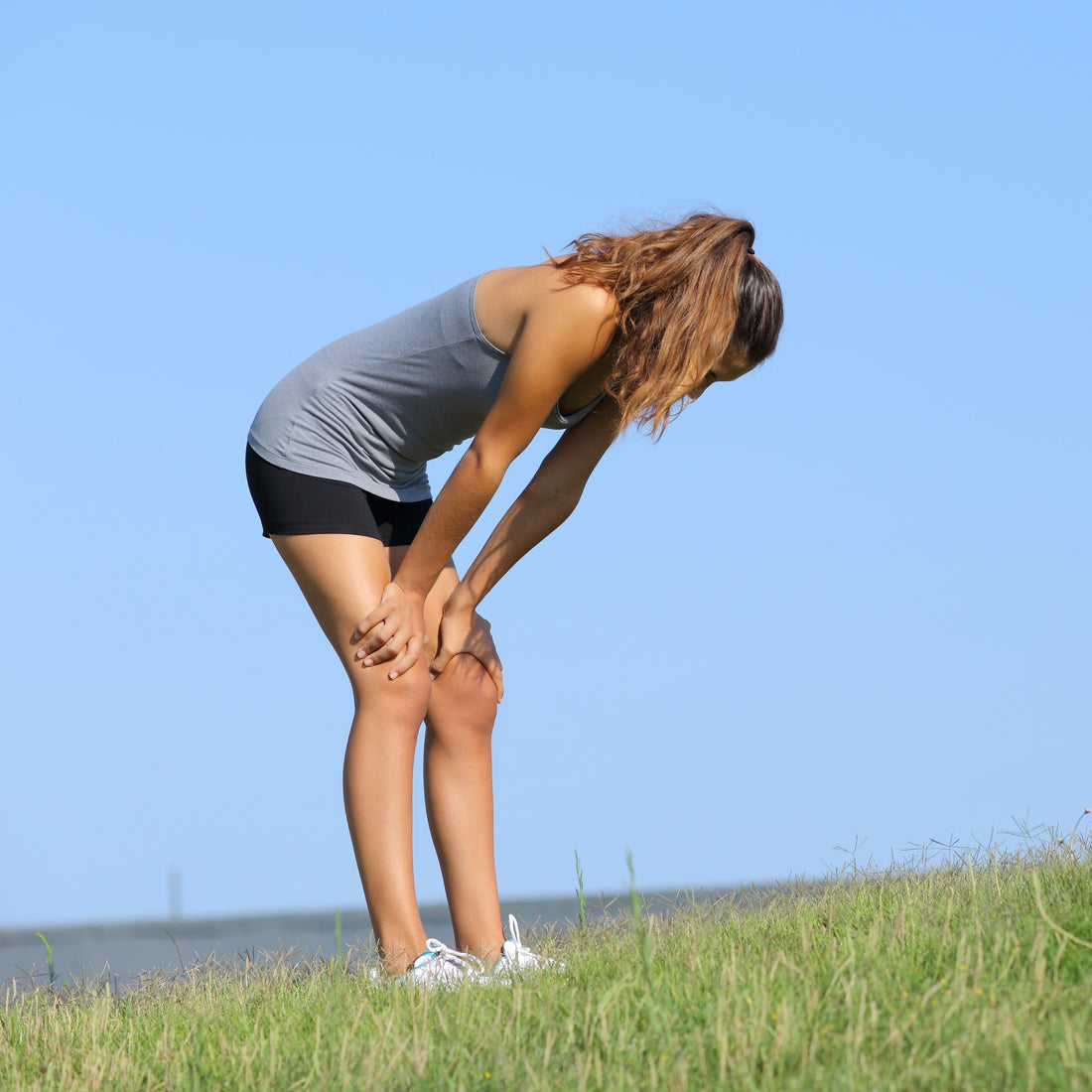Recovery: The Underrated Key to Better Running Performance
In the world of running, the spotlight often shines on speedwork, threshold training, tempo runs, long runs, and intervals. These are the building blocks of performance—but there’s an unsung hero that deserves just as much attention: Recovery.
Without effective recovery, training becomes just stress. Improvements stall, fatigue lingers, and injury risk skyrockets. For real performance gains, every runner—whether just starting or training for a personal best—needs to respect and plan for recovery just as much as training.
Let’s dive into what recovery really means, why it matters, and how to do it well—especially after those big sessions or races.
🌀 The Recovery Spectrum
Recovery isn’t one thing—it’s a broad spectrum of strategies that allow the body and mind to regenerate, adapt, and ultimately improve. Here’s how it breaks down:
🏋️♀️ Physical Recovery
This includes repair of muscles and connective tissue. It’s supported by:
-
Sleep
-
Nutrition
-
Hydration
-
Rest
-
Supplementation (e.g., creatine)
-
Temperature-based therapy (cold & heat)
-
Compression
🚶 Active Recovery
Light, low-impact movement that promotes circulation and reduces soreness:
-
Easy jogs or walks
-
Swimming
-
Cycling
-
Mobility-focused yoga
💤 Complete Rest
Essential for the nervous system and muscle repair. At least one full day off per week is key for most runners.
❄️🧦🔥 Ice Baths, Compression & Heat Therapy
🧊 Ice Baths
-
Use after hard sessions or races to reduce soreness and inflammation.
-
Duration: 10–15 minutes in 10–15°C water.
-
Tip: Not for everyday use—can blunt adaptation if overused.
🧦 Compression Gear
-
Improves blood flow and may reduce soreness.
-
Best worn for 2–4 hours post-run or overnight.
-
Effective for long runs, travel days, or after races.
🔥 Heat & Warmth
-
Apply heat 24+ hours after exercise to relax stiff muscles and increase circulation.
-
Warm baths, saunas, and heating pads are all good options.
-
Useful when you’re stiff or have delayed-onset soreness (DOMS).
💊 Creatine: A Recovery Tool for Endurance Runners
Though best known for power sports, creatine is gaining traction among endurance athletes for its recovery-supportive effects:
✔️ How Creatine Aids Recovery
-
Reduces muscle inflammation and soreness (↓ CK, IL-6, TNF-α)
-
Accelerates glycogen resynthesis, especially when combined with carbs
-
Supports cognitive recovery and reduces central fatigue
-
Improves recovery between high-intensity sessions or during block training
📌 When It’s Most Useful
-
After long runs, races, or interval sessions
-
During heavy training blocks or multi-day events
-
For older or higher-mileage athletes looking to improve recovery speed
📋 Recommended Protocol
-
Loading (optional): 20g/day split across 4 doses for 5–7 days
-
Maintenance: 3–5g/day consistently
-
Best taken: With carbs post-run for added glycogen benefit
💡 Note: Creatine can lead to mild water weight gain (1–2kg), but does not impair endurance performance in most runners.
💡 Why Recovery Matters
1. Injury Prevention
Microtears in muscles need rest to repair. Without this, you increase the risk of overuse injuries—shin splints, tendinopathy, stress fractures.
2. Performance Gains
Improvements don’t happen in the workout—they happen after. Recovery allows for supercompensation, where your body rebuilds stronger.
3. Mental Wellbeing
Recovery prevents burnout. It keeps motivation high and maintains emotional resilience throughout training cycles.
🧠 Recovery by Runner Type
🟢 Novice Runners (0–20 km/week)
-
Prioritise rest and sleep
-
Gentle yoga or stretching on recovery days
-
Hydrate well and eat whole foods
🔵 Recreational Runners (20–50 km/week)
-
Active recovery: swimming, easy runs, mobility work
-
Use compression socks after long runs
-
Creatine optional but can be considered for block training
🔴 Competitive Runners (50–100 km/week)
-
Use structured training cycles with deload weeks
-
Foam rolling, mobility, and occasional massage
-
Creatine + compression + ice baths = smart tools for big training blocks
🟣 Advanced & Masters Athletes (100km+/week or 35+ years)
-
Work with a coach or physio to fine-tune your load/recovery balance
-
Strong focus on sleep, nutrition, and hormonal balance
-
Creatine is especially useful to support ageing muscle recovery and cognitive fatigue
🧭 Incorporating Recovery Into Your Routine
| Strategy | Application |
|---|---|
| Rest Days | 1–2/week; full rest or active recovery |
| Sleep | 7–9 hrs/night; naps if needed |
| Nutrition | Carbs + protein post-run; anti-inflammatory whole foods |
| Hydration | Electrolytes after hard or hot runs |
| Creatine | 3–5g daily; take with carbs post-run for best effect |
| Compression | 2–4 hrs after hard runs or races |
| Ice Baths | Post-race or heavy sessions; 10–15 mins |
| Heat | 24+ hrs post-run to relax stiff muscles |
💬 Final Thoughts: Recovery Is the Real Work
Improvement happens not in the run itself—but in the recovery that follows. Strategic rest, supported by tools like creatine, compression, cold therapy, and proper nutrition, ensures you bounce back stronger and stay consistent.
🏁 Be the Best You Can Be
Train hard. Recover smart. Because the path to becoming a stronger runner is paved not just in effort—but in the care you give yourself between the miles.

